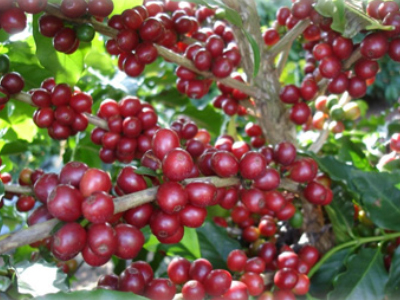Brazil Coffee Bean Profil
General Cup Profile
The profiles in Brazil can vary greatly throughout the country. Traditionally, and pre–specialty coffee, Brazils were known for their body, mild sweetness, and nuttiness. Today, those Brazils definitely still exist, but due to advancements in sorting and processing, we are seeing soft cups that have an intense sweetness in the form of caramel and chocolate, big bodies, and supporting complementary acidity. Well-processed naturals bring in a variety of red fruits to the mix, to make these coffees really shine. The lots full of quakers, hard cups, and "rio" are no longer the only option from Brazil. We are proud to have some extremely special Brazils in our lineup throughout the year.
Growing Regions
Minas Gerais (Sul de Minas, Cerrado de Minas, Chapada de Minas, Matas de Minas), São Paulo (Mogiana, Centro-Oeste de São Paulo), Espirito Santo (Montanhas do Espiritu Santo, Conilon Capixaba), Bahia (Planalto de Bahia, Cerrado da Bahia), Parana (Norte Pionerio do Parana) and Rondonia
Minas Gerais
The largest coffee-growing region in Brazil, which accounts for nearly 50% of country’s production, and is one of the major specialty-coffee sources. The coffee-growing area is a staggering 2,488,000 acres.
- Sul Minas: The region's climate is mild, and rainfalls are favorable. The average farm size is 24 acres (10 hectares). Processing methods are pulped natural, washed and natural.
- Cerrado de Minas: This region comprises plateaus with highland tropical climate, characterized by rainy summers and dry winters, ideal for cropping high-quality naturals. Farms here range from medium to large in size. The average productivity is 9.7 bags per acre. Processing methods are pulped natural and natural.
- Chapada: This region is characterized by high plateaus that alternate with valleys, crossed by rivers. Processing methods are washed and natural.
- Matas de Minas: This region has rough terrains with a warm and humid climate. Processing methods are pulped natural and natural










